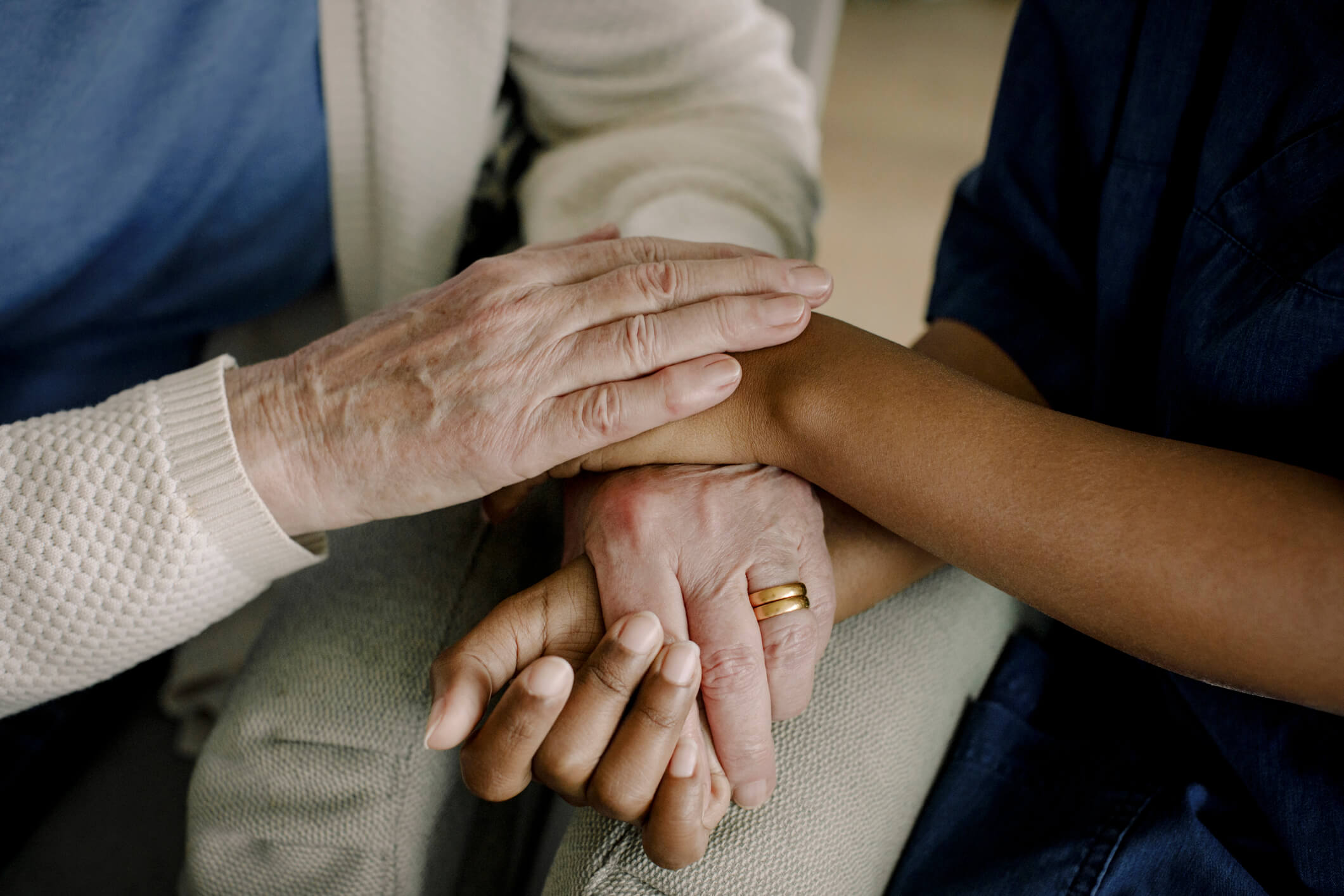Sponsoring a waiver for a J-1 “exchange visitor” can be a good way for healthcare employers to attract talented physicians to vacancies in underserved areas. Here is an example of how the J-1 process works and can help employers and foreign national physicians alike.
A J-1 Waiver Case Study
A healthcare organization is seeking to fill a pediatrician vacancy at a clinic in rural Louisiana. Because the position is in a small town, it has proven to be difficult to fill. The employer’s recruiters are attending various physician job fairs and sending hundreds of emails to medical schools in search of the right candidate. The best applicant to emerge from the search process is a physician from Ghana in her penultimate year of a pediatric residency in the United States who tells the recruiter that she is in J-1 status and needs a “waiver.” This could be a good match, but there are several key steps to take to onboard this pediatrician.
The Conrad 30 Waiver Program
International medical graduates often complete their U.S. residencies in J-1 “exchange visitor” status. At the end of their training, J-1 physicians must return to their home countries for two years before they can work in the United States in H-1B status or apply for a green card. However, this strict “home residency” requirement can be waived if the physician agrees to provide three years of full-time medical service in a federally designated “health professional shortage area” (HPSA) or medically underserved area (MUA). This arrangement is mutually beneficial: The physician receives the requisite waiver and the employer receives at least three years of committed physician service in an underserved area.
In 1994, then senator Kent Conrad of North Dakota proposed legislation that ultimately became the Physicians for Underserved Areas Act (known unofficially as the “Conrad 30 waiver program” or “Conrad 30 program”) to address physician shortages in the United States. In its current form, the Conrad 30 program allows each state’s department of public health to sponsor up to 30 J-1 physicians per year for foreign residency waivers. The majority of states’ waiver slots are reserved for physicians who practice “primary care” as defined by the state, which normally includes pediatrics, obstetrics and gynecology, general internal medicine, family practice medicine, , and psychiatry. Typically, states reserve a certain number of slots for specialists and might require additional evidence of the region’s need for a specialty physician.
To qualify for the Conrad 30 program, the employer and physician must have met certain general requirements, including the following:
- The employer must have extended a full-time offer of employment in a HPSA or MUA to the physician.
- The parties must have entered into an employment contract in which the physician agrees to serve three years in H-1B status at the location.
- The physician must have medical licensure in the state of practice (or the physician must be able to demonstrate proof that state licensure is pending);
- The employer must demonstrate that it has made unsuccessful recruitment attempts to fill the vacancy;
- The employer must show proof that the facility provides services to patients who are unable to pay and that the facility provides services to patients who are on Medicare or Medicaid; and
- The employer must provide an explanation of the need for the physician in the shortage area.
Beyond these general eligibility requirements, each state maintains its own list of specific requirements and procedures. Importantly, the time frame for waiver filing and processing varies greatly. As such, it is essential that employers review a state’s particular requirements prior to moving forward with a waiver application.
J-1 Waivers Outside the Conrad 30 Program
J-1 physician waivers are also available for facilities located in certain regions that fall under the geographic boundaries of the Appalachian Regional Commission (covering certain counties in Alabama, Georgia, Kentucky, Maryland, Mississippi, New York, North Carolina, Ohio, Pennsylvania, South Carolina, Tennessee, Virginia, and West Virginia) and the Delta Regional Authority (covering certain counties in Alabama, Arkansas, Illinois, Kentucky, Louisiana, Mississippi, Missouri, and Tennessee). These agencies are federally designated to recommend J-1 physician waivers separate from the Conrad 30 Program.
Conclusion
Given the above requirements, the pediatrician from Ghana is likely aware of her requirement to return home for two years unless she obtains a J-1 waiver. The most important initial consideration for the employer will be to ensure that the Louisiana facility is located in a federally designated HSPA or MUA. The U.S. Health Resources & Services Administration provides an online tool for finding such shortage areas.
The next essential determination relates to the timing of the filing. Some states have strict filing windows (e.g., from October 1 to March 1), after which they pick the strongest 30 J-1 physicians from the applicant pool; other states recommend waiver applicants on a first-come-first-served basis; and some smaller states accept waiver applications throughout the year as these states rarely ever receive the maximum of 30 J-1 physician applicants.
Employers will want to prepare the J-1 physician’s waiver application during the summer before the physician’s last year of training. As most residency programs end on June 30 of each year, the waiver application should be approved and the underlying H-1B filed by July 30 in order to preserve an in-country change of status petition. This complex planning requires advance preparation and intricate coordination across agencies, including the state’s public health department and medical licensing entity, the U.S. Department of State, and U.S. Citizenship and Immigration Services.




